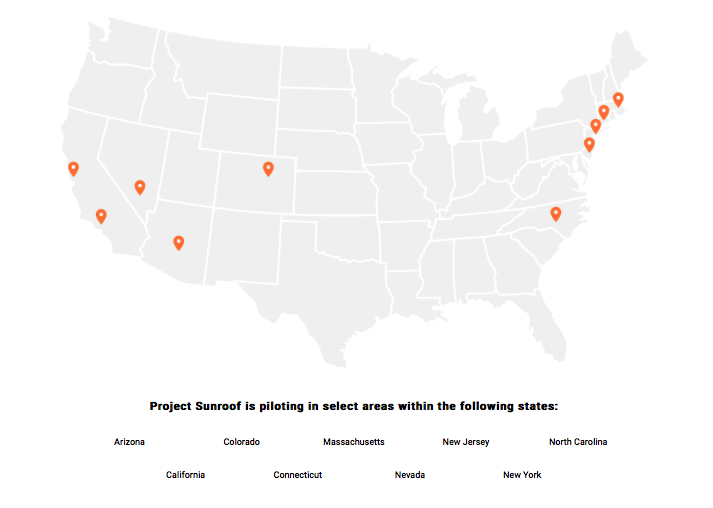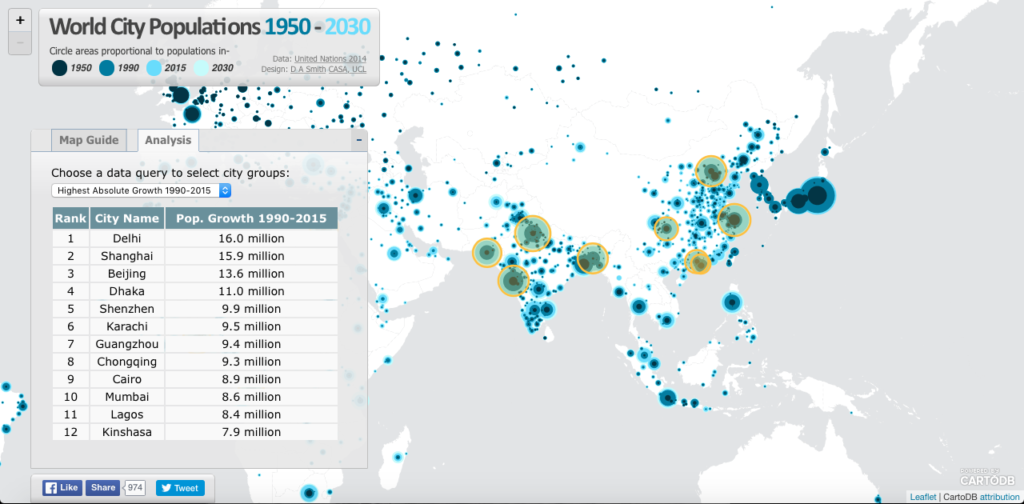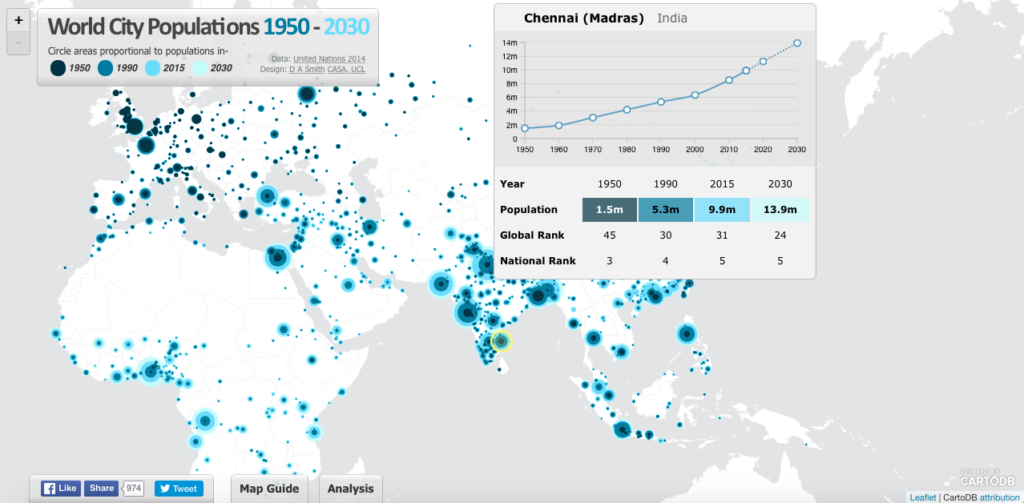
Google expands project Sunroof to more states in the USA
The COP21 conference came to a successful end earlier this week, with 195 countries agreeing to converge on a deal to reduce carbon emissions and limit the effects of industrialization on the planet’s health.
OK Google “Should I go solar?”
The answer to that question is Google’s project Sunroof that was launched earlier in August this year. It was simple spatial analysis tool that lets one calculate the savings in energy costs if you go solar, but it was only available in Boston, San Francisco and a few other areas in the US. In a blog post “Should you go solar? Just ask Project Sunroof.” earlier this week, Google announced that they are expanding the program to more states in the US.
Doing our bit for planet
The COP21 agreement cannot be successfully enforced with each citizen also agreeing to limit their carbon footprint, with Project Sunroof its easier to see how our actions can help save the planet, one Watt at a time! Hopefully, Google expands the project to other nations as well.










